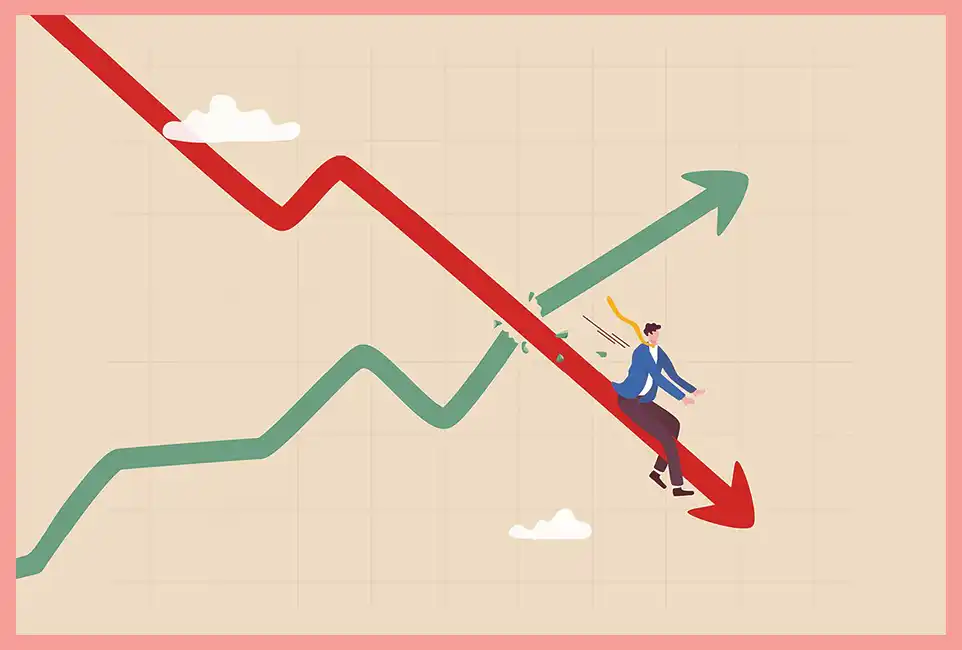Stagflation: What Is It and How Does It Impact the Economy?

Stagflation, a term coined in the 1970s, embodies a complex economic dilemma where slow growth, high unemployment, and rising prices occur concurrently. Although this concept is often perceived as novel, its roots trace back to the economic turbulence of the late 20th century. Let's delve into its origins, contributing factors, and the challenges it poses for both producers and consumers.
💥 The Emergence of Stagflation
The concept of stagflation first gained traction during the economic crises of the 1970s. In 1965, Iain Macleod introduced this term amid the UK's economic struggles. However, it was the global oil crisis that catalyzed its place in economic lexicons. Until that period, Keynesian economics dominated, arguing against the coexistence of high employment and inflation. Nonetheless, the Organization of the Petroleum Exporting Countries (OPEC) cut oil production, spiraling the energy crisis. As inflation soared, unemployment surged, revealing stagflation as a significant global economic feature. By 1973, US inflation rates had doubled, while unemployment hit 9% by May 1975. This era marked a pivotal moment, reshaping economic theories and strategies worldwide.
✏️ Analyzing the Causes of Stagflation
When untangling the causes of stagflation, four main contributing factors stand out:
Supply Shocks
Sudden increases in production costs, such as surging energy prices, can destabilize economies. As production expenses climb, businesses might curtail output, spurring rising prices and economic slowdown.
External Shocks
Global economic slumps negatively impact local economies. If a country faces a rise in imports coupled with declining exports, domestic prices will likely surge.
Expectations
High inflation expectations prompt workers to seek higher wages, leading employers to hike prices. These expectations can dampen investment and consumer spending, resulting in stagnation.
Poor Economic Policies
Inadequate monetary or fiscal policies can cause economic instability. For example, stringent policies to curb inflation might stifle economic growth, leading to stagnation.
📊 The Effects on Producers and Consumers
Stagflation creates a challenging climate for both producers and consumers. Under cost pressure, producers often resort to downsizing or stagnation. For consumers, rising living costs accompanied by declining incomes exacerbate financial hardships. This economic downturn leads to weakened economic activity, posing substantial challenges to recovery. The negative cycle of stagflation makes it an arduous obstacle to overcome within the broader economic landscape.




